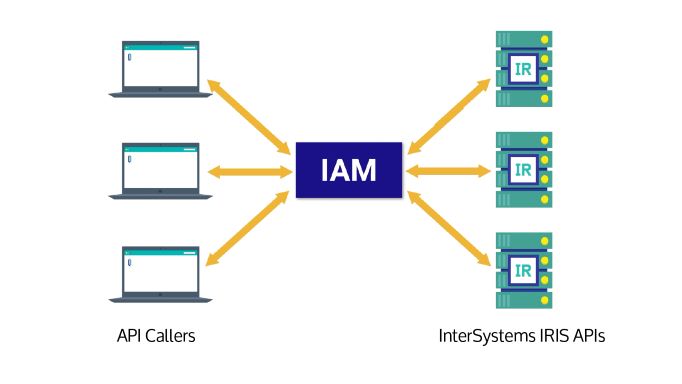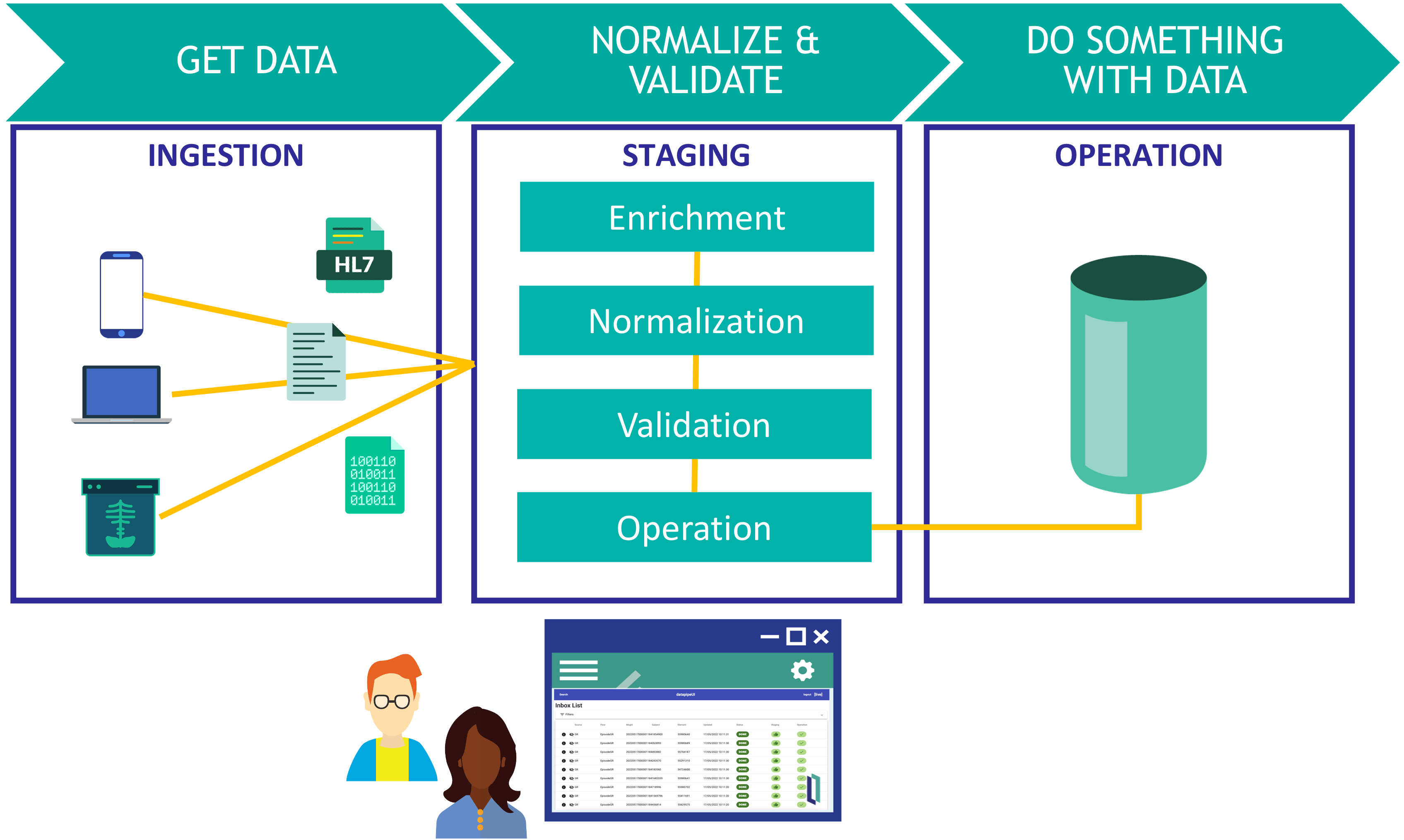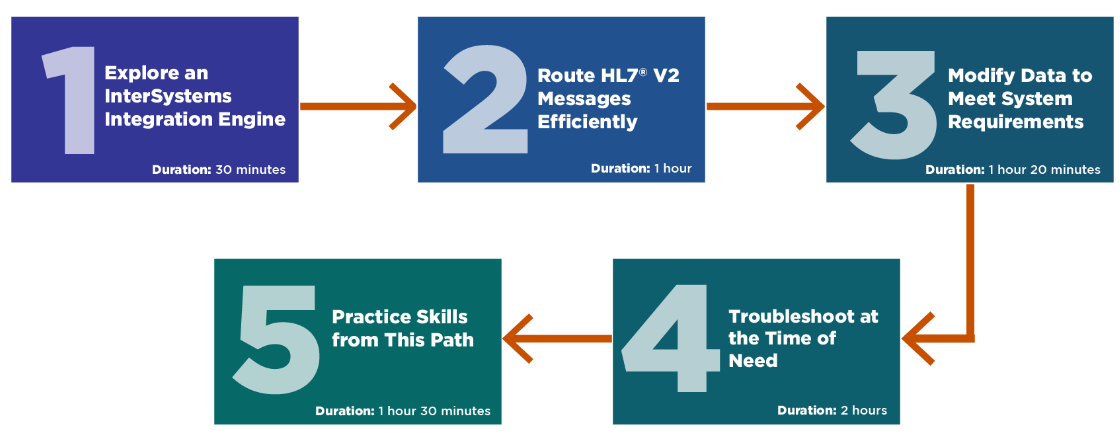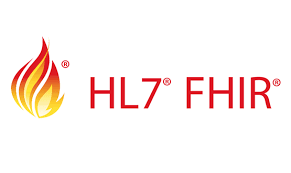I'm always on the lookout for tools that make the development and testing of my interfaces more efficient. A couple of years ago I came across HL7 Spy, from Inner Harbour Software. It quickly became my go-to tool for running message comparison reports for interface engine migrations, message statistics gathering, and troubleshooting message receipt and delivery. It also offered enhanced functionality for things like fetching messages via sftp that other tools don't provide.
I've recently been working with HL7 Spy's author, Jon Reis, to enable support for fetching messages directly from the Ensemble message store. Its SQL Loader feature now has native Caché/IRIS support, and I've contributed a small server-side class to support the extraction of messages using it.

.png)





.png)

